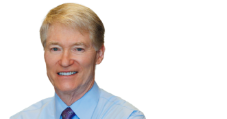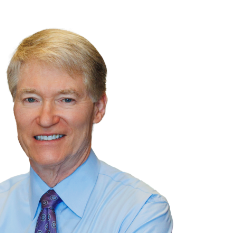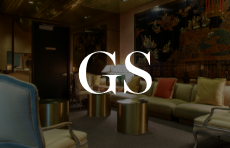Three years ago I blogged on the topic of facial exercise and cosmetic improvement and opined that facial exercise made little if any difference in your appearance. Has anything changed since then?
Video: Fraxel Laser Therapy in Los Angeles
Dr. George Sanders talks about the fraxel laser therapy procedure which is offered to his patients in Encino and Los Angeles.
We certainly do know that in certain cases, the overuse of facial muscles results in increased wrinkling. After all, that’s how Botox works – it reduces muscle motion in areas such as the crow’s feet, forehead, and between the eyebrows, and actually decreases skin wrinkling. But are there facial exercise programs that can decrease the amount of facial aging?
In a recent article in the January 2014 edition of the Aesthetic Surgery Journal (Aesthetic Surg J. 2014; 34: 22-27), a group of speech pathologists, and a dermatologist from Ghent, Belgium write about the topic of facial exercise.
First of all, what does speech pathology have to do with facial exercises for cosmetic improvement? Speech pathology deals with disorders of human communication, and sometimes this improvement in speech involves exercises that strengthen the facial musculature. Someone had the idea that perhaps these same exercises could improve one’s appearance as well as one’s ability to communicate verbally!
In this article the Belgian speech pathologists report on nine scientific studies examining the effectiveness of facial exercise. All of these studies came from South America, a leading center for cosmetic surgery. In South America speech pathologists often prescribe exercises, not only to improve speech, but also for facial aesthetic improvement. In these studies more than 1 type of exercise was used in each of the programs. Some of these exercises involved contracting muscles against resistance (isotonic), others involved muscle contraction but with no movement (isometric), and yet others involved stretching and massaging. The programs were several weeks to several months in length. Daily workouts at home were usually required, often supplemented by weekly sessions with a therapist. In some programs, however, the treatments were done once or twice weekly and always with a therapist in attendance.
What were the results? To judge the effectiveness of the exercises, surveys of the patients were done, panels of judges were employed, and before-and-after photos were used. All of the nine studies from South America reported positive outcomes, although the quality of the studies was not ideal from a scientific perspective. The conclusion of the Belgian paper was that, “Existing evidence is insufficient to conclude whether facial exercises are effective for reducing signs of aging.” They recommend that additional studies, with superior designs and larger patient populations, be done. “A more rigorous analysis of the results should be performed. Furthermore the degree of effectiveness of the different approaches and different exercises should be analyzed.” Finally, the authors suggested that the possible contribution of facial exercises to maintaining the results of facial rejuvenation surgery be studied.
Interesting paper! Where does that leave us? Hoping for more answers! Perhaps in the near future we will finally have some scientific studies that will give us the answers that many of us seek. Does it work or does it not? To be or not to be, that is the question!
Please feel free to comment!
George Sanders, M.D.





